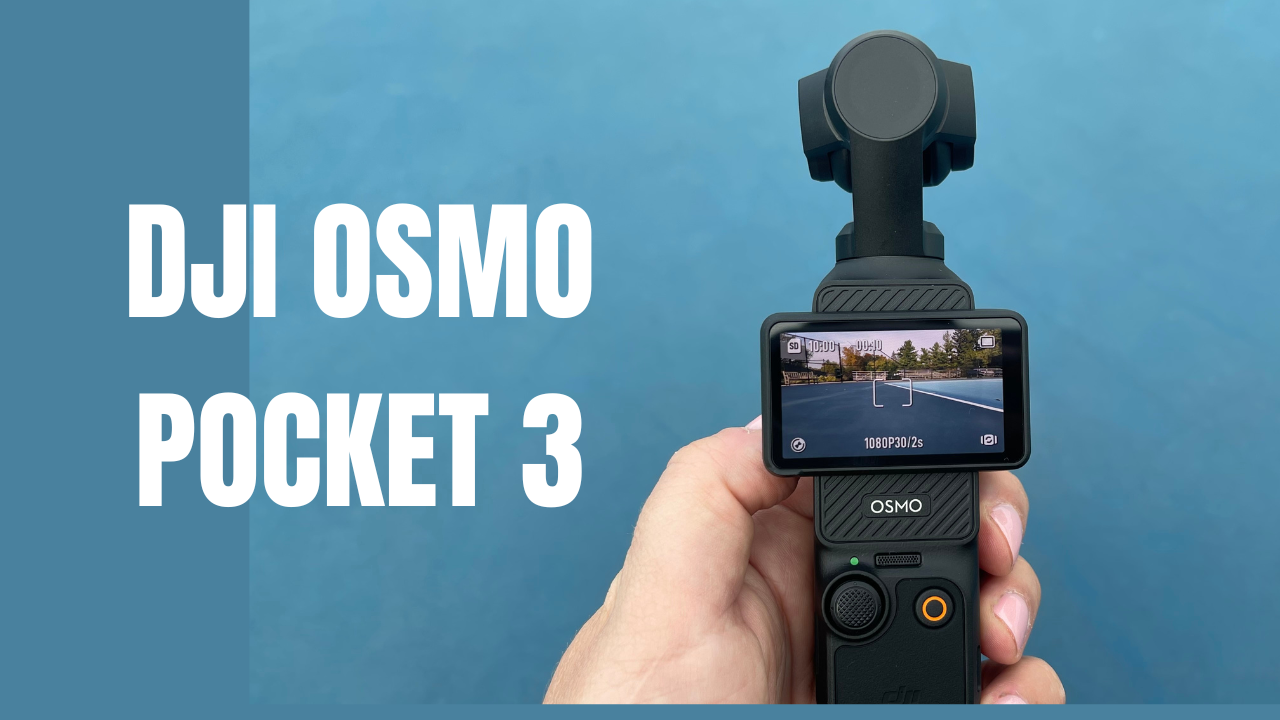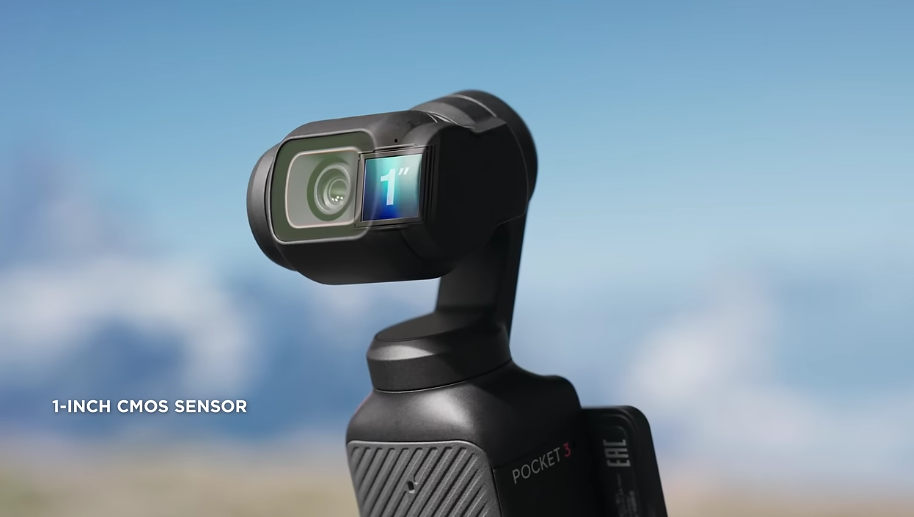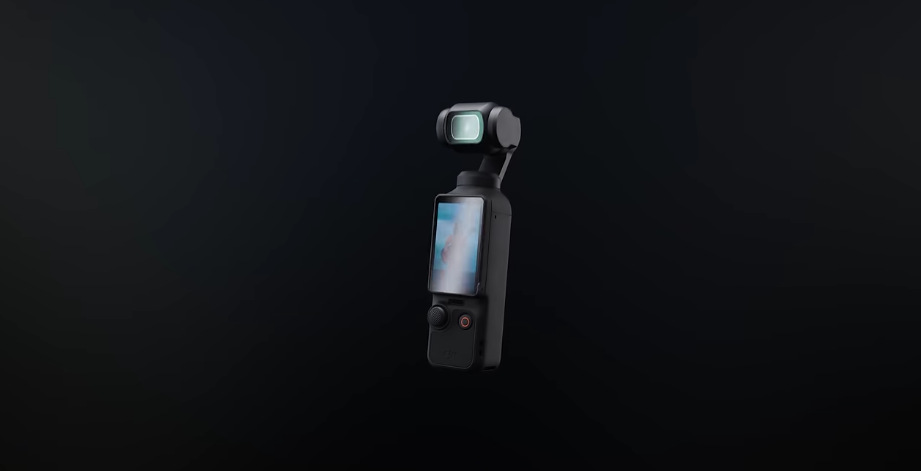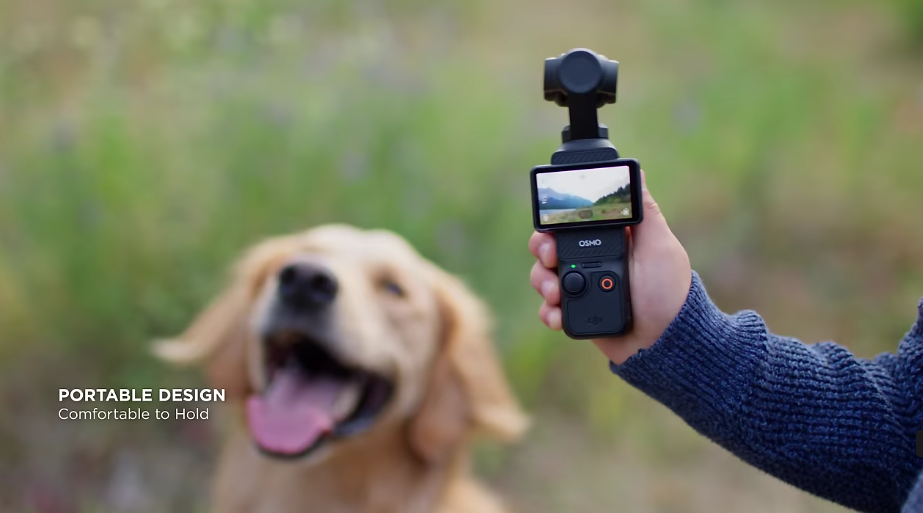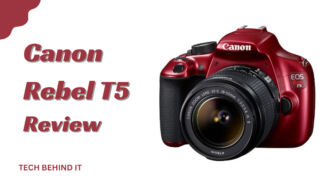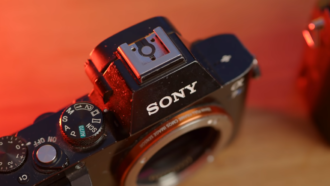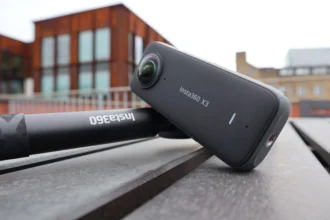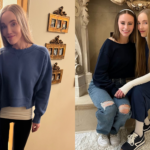DJI Pocket 3: A Game-Changing Camera for Vloggers
- 1 Key Specifications Of DJI Osmo Pocket 3
- 1.1 What’s in the Box?
- 1.2 Compact Design and Portability
- 1.3 Advanced Camera Capabilities
- 1.4 Enhanced Stabilization Technology
- 1.5 User-Friendly Interface and Controls
- 1.6 Creative Shooting Modes and Features
- 1.7 Connectivity and Integration with Smart Devices
- 1.8 Battery Life and Charging
- 2 Pros and Cons of DJI Pocket 3
- 3 Should I Buy DJI Osmo Pocket 3?
- 4 FAQs
In Short:
- With the Osmo Pocket 3 possessing a full-sized 1-inch sensor, the device produces remarkable image quality and advanced low-light capturing function, making it perfect for both cinematic shots and vlogging.
- By integrating 3 3-axis mechanical gimbal, the camera produces smooth and stable capturing shots, and additional shooting modes and subject tracking settings can add more flavour and creativity to the job.
- The rotating touchscreen, revised menu system, and more user-friendly control provide a seamless shooting targeted for photographers, while some adaptation may be needed initially.
- The perfect Osmo Pocket 3 pack comes both with the important original parts which are part of them and a Creator Bundle of accessories for a precise and versatile content creation setup.
DJI has taken the compact camera space by storm with the launch of the Osmo Pocket 3, the latest iteration in its famous line of standalone gimbal cameras. Packed into a petite form factor lies immense creative potential, making the Pocket 3 a versatile tool for vloggers and content creators. Let’s examine how DJI has stepped up its capabilities while retaining the essence of portability.
Key Specifications Of DJI Osmo Pocket 3
| Specification | Details |
| Dimensions | 161.5 x 46 x 35.3 mm (5.5 x 1.8 x 1.4 inches) |
| Weight | 179 grams |
| Sensor | 1-inch CMOS |
| Lens | 20mm (35mm format equivalent) Fixed Focus |
| Aperture | f/2.0 |
| ISO Range | Video: 100-3200 (up to 16000 in low-light mode) Photo: 100-12800 |
| Max Video Resolution | 4K UHD: 3840×2160 @ 23.976/24/25/29.97/50/59.94 fps |
| Max Still Resolution | 9.4 megapixels |
| Recording Media | MicroSD/SDXC |
| Battery Life | Built-in: 135 mins Optional Battery Base: 240 mins |
| Tracking technology | ActiveTrack 4.0 |
| Wireless Connectivity | WiFi, Bluetooth |
| Operating Temperature | 0°C to 40°C |
| Water and Dust Resistance | IPX3 Splashproof |
What’s in the Box?
Unboxing DJI Pocket 3 will reveal all the attachments that will make filmmaking easy and fun. Besides the Osmo Pocket 3 camera, the standard package includes a USB-C cable for charging and data transfer, a protective case for transport, and a user manual for quick setup and guidance. The Creator Combo has a battery handle, mini tripod, lens adapter with 0.75x power, and a stylish carry bag for those willing to spend more to cover all their shooting needs.
Compact Design and Portability
Weighing 179 grams and measuring 5.5 inches in length; the Pocket 3 strikes an optimal balance between stability, compact size, and lightweight portability. The sleek camera head houses cutting-edge imaging technology, while the integrated 3-axis gimbal delivers refined stabilisation for smooth footage across all axes of movement. This makes it effortless to capture professional-looking videos on the go. Despite the internal upgrades, DJI has kept the Pocket 3’s dimensions close to the 117-gram, 4.9-inch Pocket 2. Content creators will appreciate this impressive feat of condensing flagship-level performance into a frame that fits nicely into pockets and bags.
Advanced Camera Capabilities
At the heart of the Osmo Pocket 3 lies a 1-inch sensor, a significant upgrade from its predecessor’s 1/1.7-inch sensor. With a nearly three times larger surface area, it offers tangible benefits, especially when shooting in low light. The improved light sensitivity allows clean footage even in dimly lit scenes.
The fixed 20mm f/2.0 lens strikes a balance between portability and performance. While the wide-angle lens isn’t ideal for close-up portraits, it is a versatile field of view well-suited for vlogging. The bright aperture enables a beautiful background blur for that coveted cinematic look.
Enhanced Stabilization Technology
Despite its miniature footprint, the Osmo Pocket series has always punched above its weight regarding stabilisation. The 3-axis gimbal engineered into the frame smoothens out shaky movements beautifully. Users can choose between modes to suit their shooting style – the default Follow mode moves the camera based on handle orientation, while Lock mode keeps the horizon steady. There’s also an FPV mode for complete freedom of movement. The Pocket 3 takes things up a notch with its enhanced ActiveTrack feature. Intelligent algorithms use computer vision techniques to identify and track subjects, keeping them always perfectly framed. This cutting-edge tech minimises the need for camera operating skills, delivering professional results regardless of the user’s experience level.
User-Friendly Interface and Controls
An essential upgrade on the Osmo Pocket 3 is its user-friendly control scheme anchored around the larger 2-inch touch display. The bright 16:9 screen automatically rotates landscape and portrait modes as you manoeuvre the device. Key camera parameters and modes are easily accessible via intuitive touch gestures. While DJI’s signature manual controllers aimed to minimise tapping on screens for optimal gimbal control, the radical upgrades on the Pocket 3, including the articulating screen and smarter ActiveTrack, diminish the need for excessive physical controls. The two buttons for recording and gimbal movements strike the right balance.
Creative Shooting Modes and Features
Beyond its strengths in core stabilisation and imaging capabilities, DJI has also baked a range of innovative features into the Pocket 3. Modes like Hyperlapse and Timelapse have become staples across DJI’s portfolio of camera devices, adding production value to videos. The newer additions take things further – Dynamic Zoom ensures the subject stays adequately framed in the shot even if they move closer or farther. Motion modes like SpinShot add cinematic flair with automatic rotational movements. Light Painting mode automatically stacks multiple exposures into spectacular images for challenging lighting.
Connectivity and Integration with Smart Devices
Despite packing impressive onboard controls, the Osmo Pocket 3 retains wireless integration with DJI’s Mimo app for expanded functionality. Mimo unlocks granular manual camera settings, access to DJI’s image library, firmware updates, and more – providing a seamless extension to the system.
Battery Life and Charging
Portability inevitably compromise potential shooting duration, but DJI’s engineers have eked out every bit of efficiency from the compact Osmo Pocket 3 system. The 1,300mAh integrated battery keeps the camera running for up to 135 minutes. Clip on the optional battery base (sold separately) and extend the shooting time to up to 240 minutes. The fast charging support has also been greatly improved compared to earlier Osmo Pocket cameras. A 0-80% top-up now takes just 16 minutes, so you spend less time tethered to an outlet.
Note: The new quick-connect feature allows hassle-free pairing with other devices in DJI’s creative ecosystem. Ap.ttachment accessories like DJI’s new wireless microphone instantly sync for a fuss-free production setup
Pros and Cons of DJI Pocket 3
| Pros | Cons |
| Compact and lightweight | No zoom lens |
| Excellent image stabilization | Limited portrait capabilities due to wide-angle lens |
| Versatile shooting modes | Pricey for a compact camera |
| Great low-light performance | |
| Easy wireless connectivity | |
| Intuitive touchscreen interface |
Should I Buy DJI Osmo Pocket 3?
Whether to go for DJI Osmo Pocket 3 or not depends on a user´s requirements and personal taste. For those seeking extraordinary images, excellent stabilisation technologies, and a movable design accompanied by portability, the Osmo Pocket 3 would be a bright accessory to buy. Its new 1-inch sensor for higher ISO, improved low-light performance, and cinematic shooting mode make it a good choice for YouTubers and content creators hunting for quality videos. Nonetheless, the higher price tag is plausibly a limitation, especially in a case where it is compared to what other cameras of the exact size cost. If the target is to produce vlogs and shoot visually striking content alone, Osmo Pocket 3 will be worth considering. However, for money-conscious buyers, there are a lot of second-hand stores.
FAQs
Does the DJI Osmo Pocket 3 have a zoom lens?
The Pocket 3 has a fixed 20mm (35mm format equivalent) lens without optical zoom capabilities. However, it does offer up to 2x digital zoom.
Can I connect an external microphone to the Osmo Pocket 3?
Yes, the 3.5mm microphone jack allows you to connect external mics. The new DJI Mic 2 transmitter is designed to pair seamlessly with the Pocket 3 for wireless connectivity.
What SD cards are compatible with the Osmo Pocket 3?
DJI recommends using UHS-I Speed Grade 3 or higher microSD cards due to the high data rates required for high-resolution video. A 16GB card is included in some bundles.
Does the OSMO Pocket 3 have image stabilisation?
Yes. Its built-in 3-axis mechanical gimbal delivers stabilised video footage, compensating for unwanted movements. This allows for incredibly smooth videos even when handheld.

